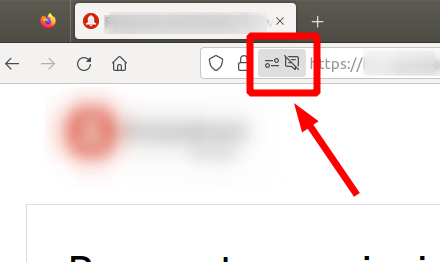
Smart Home Integration Tips
Key Takeaways
- Choose compatible devices to ensure smooth connectivity.
- Utilize a central hub for better management of your smart devices.
- Prioritize security and privacy when integrating devices.
- Regularly update your devices and applications for optimal performance.
Smart home technologies are becoming more prevalent, making our lives more convenient and efficient. However, integrating various smart home devices can be daunting. Below are essential tips and tricks to ensure seamless integration of your smart home devices.
Understanding Smart Home Integration
Smart home integration refers to coordinating smart devices to operate together in a cohesive manner. This means setting them up to communicate and work with each other, enhancing their overall functionality and user experience.
Why is integration important?
- Enhanced efficiency in operation
- Easier control and management through centralized systems
- Improved user experience
Steps to Seamlessly Integrate Smart Home Devices
1. Choose compatible devices
Ensuring that the devices you purchase are interoperable is crucial. Devices from the same ecosystem often work better together. Here are some popular ecosystems:
| Ecosystem | Compatible Devices |
|---|---|
| Amazon Alexa | Smart Speakers, Smart Lights, Smart Plugs |
| Google Home | Smart Speakers, Smart Displays, Smart Security |
| Apple HomeKit | Smart Thermostats, Smart Cameras, Smart Door Locks |
2. Utilize a central hub
A central hub can simplify the process of managing multiple devices. Hubs like the Samsung SmartThings or Wink can integrate various brands and systems under one application.
3. Focus on security
With multiple devices connected, ensuring security is paramount. Change default passwords and regularly update your devices to protect against intrusions.
4. Implement a smart routine
Create routines that will automate functions based on your schedule or preferences. For example, set smart lighting to turn on at sunset or smart thermostats to adjust temperatures at specific times.
Choosing the Right Smart Devices
When selecting smart devices, consider the following:
- Compatibility with your main smart assistant (e.g., Alexa, Google Assistant)
- Ease of use and setup
- Security features
- User reviews and ratings
Common Integration Challenges
Device compatibility issues
Sometimes, devices from different brands may not work together as expected. Research is essential before making purchases.
Network limitations
Ensure that your Wi-Fi network can handle all devices. Consider upgrading your router if you experience connection issues.
Smart Home Automation Ideas
Here are a few automation ideas to get you started:
- Automate your coffee machine to start brewing when your alarm goes off.
- Set up motion sensors to activate lights when someone enters a room.
- Program your thermostat to adjust based on whether you're home or away.
Advanced Integration Techniques
Using IFTTT for enhanced functionality
The "If This Then That" (IFTTT) service can link your devices in creative ways, allowing you to automate tasks across different platforms.
Creating your own smart home routines
Many hubs and smart devices allow you to create custom routines. Experiment with what works best for your lifestyle.
Visualizing Your Smart Home Setup

Visualizing how your smart home devices will interact can be very beneficial. Drawing out a plan can help you understand the placement of devices and connections better.
Tips for Beginners
- Start small: Begin with a few devices and gradually expand your collection.
- Follow manufacturer guidelines for setup and integration.
- Test each device's connectivity before adding more to the system.
- Join community forums to find tips and solutions from other users.
Maintaining Your Smart Home System
To keep your smart home operating smoothly, regular maintenance is key:
- Periodically update your device firmware.
- Check for compatibility with systems and software.
- Review your smart routines and adjust them as necessary.
Final Thoughts
Integrating smart home devices can significantly enhance your home experience. By following the right steps, focusing on compatibility, and paying attention to security, you will create a seamless and efficient smart home environment.
Pros
- Increased convenience and automation in daily tasks
- Improved energy efficiency through smart technology
- Enhanced security options for home safety
Cons
- Initial costs can be higher than traditional devices
- Potential compatibility issues between devices
- Dependence on stable internet connectivity
Further Resources
For more tips on specific device categories, check out our other articles:
- Smart Appliances
- Smart Lighting
- Smart Plugs and Outlets
- Smart Security Systems
- Smart Speakers and Assistants
- Smart Thermostats












